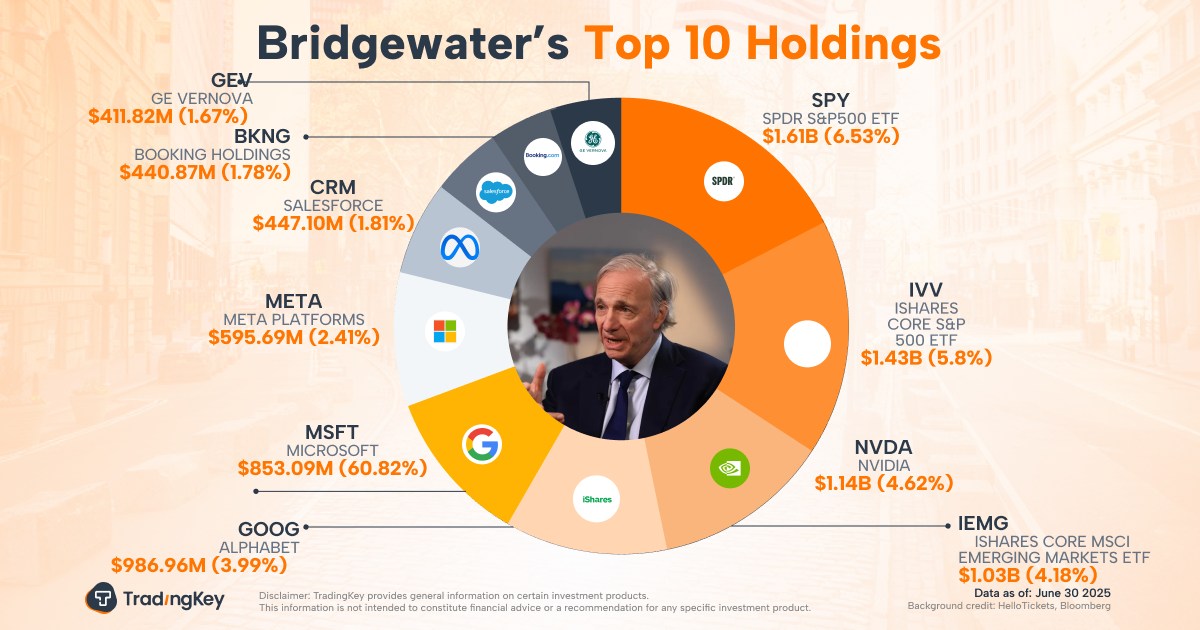COLUMN-Climate finance glass may still be half full: Jain

The views expressed here are those of the author, a Senior Research Scholar at Columbia University
By Gautam Jain
Jan 30 - International climate finance has had a challenging start to 2025. One of President Donald Trump's first acts upon returning to the White House was to sign an executive order withdrawing the United States from the Paris Agreement.
This executive action also immediately revoked and rescinded the U.S. International Climate Finance Plan, through which the U.S. contributed $11 billion in 2024.
So what can be done to limit the damage before this year's U.N. Climate Change Conference (COP30) in Belém, Brazil?
The answer is more than pessimists might expect.
COP29 IN CONTEXT
It is useful to first consider what was achieved at last year's COP29, which took place right after the U.S. election.
Tense two-week negotiations ended with an eleventh-hour agreement on a climate finance target, somewhat esoterically dubbed the ‘New Collective Quantified Goal’. It was immediately met by dissenting voices from many developing nations.
On the face of it, the agreement seems underwhelming. Developed countries pledged to contribute at least $300 billion annually by 2035 to support climate mitigation and adaptation efforts in emerging and developing economies (EMDEs).
That is well below the $1 trillion in external funding that the Independent High-Level Expert Group (IHLEG) on climate finance estimates EMDEs, excluding China, will need annually for climate action by 2030. The IHLEG, established by the COP26 and COP27 presidencies, estimates that this total will rise to roughly $1.3 trillion by 2035.
However, the outcome should be viewed in context, as the negotiating parties were acting in the shadow of the recently concluded U.S. presidential election.
President Trump had already displayed antipathy toward both foreign aid and efforts to address climate change, concerns that he validated through executive actions issued immediately after he assumed office.
Other developed countries, therefore, likely suspected that the new U.S. administration would opt out of its obligations – as it did – and thus converged on the pledged amount to avoid bearing an undue burden.
Developing countries, despite their post-decision protests, likely did not stop the gavel because they understood the complex post-election landscape and did not want to go home without a deal.
In other words, the underwhelming outcome likely reflects short-term concerns more than the long-term trajectory of climate finance.
ACHIEVING THE TARGET
While the new $300 billion target is a smaller increase than suggested by IHLEG, it should be achievable.
The annual collective climate financing of Multilateral Development Banks (MDBs), such as the World Bank, should reach $120 billion by 2030 in addition to the $65 billion they hope to raise from the private sector, according to a statement from MDBs ahead of COP29.
To reach $300 billion by 2035, the bilateral funding would need to double from the OECD’s 2022 estimate, which is a reasonable expectation, especially if the U.S. is back at the table by then.
In the meantime, President Trump may create hurdles.
The U.S. is the largest or the second-largest shareholder of many MDBs. The U.S. administration will likely not exit these institutions, as congressional action would be needed to do so, but it could push back against allocating funds toward climate-related goals.
However, it might not get very far. These are slow-moving bureaucratic institutions where making a U-turn in priorities is like maneuvering a tanker.
ROAD TO BELEM
Regardless of what the U.S. president does, the climate finance community would be wise to focus on shoring up private financing in the coming year. Around half of the $1 trillion funding need cited by IHLEG should come from private sources.
Yet private climate finance currently amounts to only $30 billion.
The priorities going into November's COP30 thus need to be identifying specific sources of private capital to meet this goal and addressing the bottlenecks private firms face when seeking to invest in EMDEs. Negotiating parties also need to agree on the proportion of funds that are in the form of grants and concessional loans, as opposed to commercial loans, and the share specifically dedicated to climate adaptation, which is much harder to finance than mitigation.
Finally, greater transparency is needed to track climate finance pledges. For example, even though the previous $100 billion target was met in 2022, this was not known for more than sixteen months afterward.
Aggregating climate finance data is challenging, as each nation comes up with its own methodology for monitoring, measuring, and reporting, but it needs to be done.
Ultimately, these are all achievable goals. By tackling them, the rest of the world can show its ability to address climate change even without the United States.
(The views expressed here are those of Dr. Gautam Jain, a Senior Research Scholar at the Center on Global Energy Policy (CGEP) of Columbia University’s School of International and Public Affairs (SIPA).)





